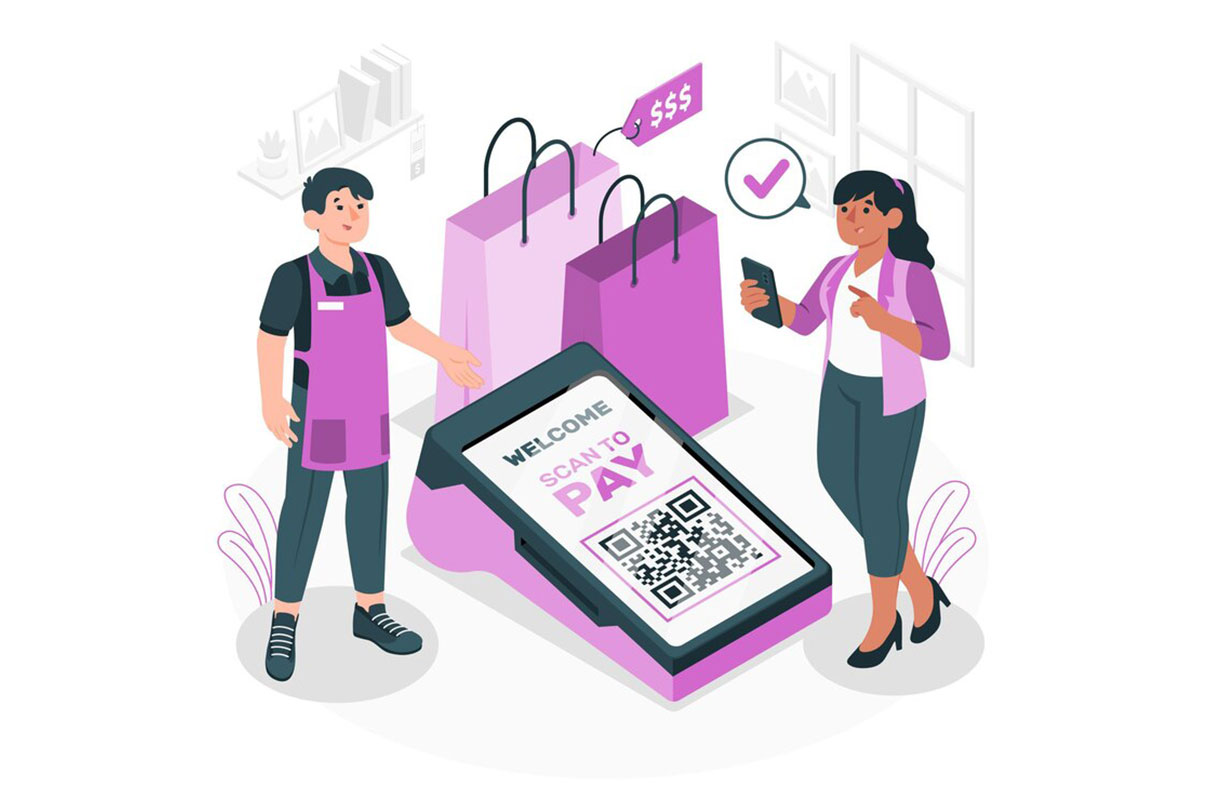In the battle for consumer attention, brands worldwide and in India are discovering a powerful truth: humans are hardwired to play. The strategic implementation of game mechanics in non-game contexts—what we call gamification—is transforming how companies engage customers, drive behaviors, and build lasting loyalty.
“The most successful brands today understand that engagement isn’t just about transactions—it’s about creating experiences that tap into fundamental human motivations,” explains behavioral economist Dr. Yu-kai Chou, creator of the Octalysis Framework for gamification. “Gamification works because it activates the same psychological triggers that have captivated humans since childhood.”
Industry research consistently shows that well-designed gamification can significantly impact key business metrics, including engagement rates, purchase frequency, and customer retention. For Indian businesses navigating an increasingly competitive landscape, these engagement strategies represent a significant opportunity. But what separates truly effective gamification from superficial point systems? Let’s explore how innovative brands are applying the science of play to transform customer engagement.
Beyond Points and Badges: The Psychology of Effective Gamification
The most basic loyalty programs operate on simple transactional principles: spend money, earn points, redeem rewards. While this approach has its place, sophisticated gamification delves deeper into human psychology.
Effective gamification taps into three fundamental human motivators—mastery, autonomy, and purpose. The brands achieving extraordinary results are designing experiences that address all three elements.
Mastery
Humans are naturally driven to develop skills and overcome challenges. Programs that incorporate progression systems, levels, and increasing challenges create a sense of achievement that keeps customers engaged.
Autonomy
People value choice and self-direction. Gamification that offers multiple paths, personalized challenges, and self-selected goals generates stronger participation than one-size-fits-all approaches.
Purpose
Connecting activities to meaningful outcomes—whether personal achievement or contribution to larger causes—creates emotional resonance that pure transactional relationships cannot match.
Case Study: Starbucks Rewards’ Multi-Level Engagement
Starbucks’ reward program, which operates in India and globally, incorporates several well-documented gamification principles:
– Tiered Status System: Customers progress through status levels, unlocking increasing benefits
– Challenge Mechanics: The program includes limited-time missions that reward specific purchase patterns
– Personalized Offers: The app delivers individualized challenges based on past behavior
– Surprise Elements: Occasional bonus offers create unpredictability and delight
The program demonstrates how effective gamification can create habitual engagement with a brand beyond simple transactional relationships. The tiered approach particularly leverages the human desire for achievement and status, while personalized challenges create a sense of relevance that generic promotions lack.
The technology supporting this program relies on sophisticated customer data processing, personalization algorithms, and cross-channel integration—capabilities that have become essential for contemporary loyalty platforms.
Case Study: Digital Payment Platforms and Financial Behavior
Several Indian digital payment platforms have successfully implemented gamification to encourage specific financial behaviors:
– Streak Rewards: Incentives for consecutive days of app usage or specific transaction patterns
– Discovery Challenges: Missions designed to encourage trying new payment categories or merchants
– Financial Wellness Scoring: Gamified metrics that improve as users demonstrate healthy financial behaviors
– Achievement Recognition: Visual representations of milestones and accomplishments
These gamification elements transform routine financial transactions into more engaging experiences. By adding elements of progression, achievement, and immediate positive feedback, these platforms have created more compelling user experiences than traditional banking interfaces.
“What makes this approach particularly effective is that it aligns customer behavior with their own financial well-being,” explains digital payments analyst Rajesh Kumar. “The gamification creates immediate gratification while encouraging beneficial long-term habits.”
Case Study: Fitness Apps and Achievement Systems
Fitness and wellness apps have been particular pioneers in effective gamification. Major global brands with strong Indian presence have implemented:
– Achievement Badges: Digital awards for milestone accomplishments
– Progressive Challenges: Increasingly difficult goals that build capability over time
– Social Competition: Leaderboards and friend challenges that create healthy competition
– Streak Mechanics: Rewards for consistent activity over time
These elements transform individual fitness activities into more social, competitive, and achievement-oriented experiences. The most successful implementations maintain a careful balance between challenge and achievability, ensuring users experience regular wins while still feeling motivated to improve.
“Fitness gamification works because it addresses key motivational barriers,” notes sports psychology specialist Anita Desai. “The immediate gratification of achievement badges helps overcome the delayed gratification of physical results, while social elements add accountability and community.”
Implementing such systems requires seamless integration between activity tracking, social components, achievement systems, and reward fulfillment—precisely the kind of complex ecosystem management that specialized loyalty platforms are designed to support.
The Technology Infrastructure Behind Successful Gamification
Delivering seamless, responsive gamified experiences requires sophisticated technology infrastructure. Leading implementations typically integrate:
1. Real-time Event Processing: Systems capable of tracking user actions and triggering immediate responses
2. Personalization Engines: AI-driven systems that customize challenges based on individual behavior patterns
3. Behavioral Analytics: Platforms that identify which game mechanics drive desired outcomes for different user segments
4. Cross-channel Integration: Technology that maintains consistent gamified experiences across web, app, and physical touchpoints
5. Dynamic Content Delivery: Systems that can rapidly deploy new challenges, rewards, and game mechanics
“The technical requirements for effective gamification are often underestimated,” cautions technology integration specialist Vikram Singh. “Brands frequently focus on the visible elements—points, badges, leaderboards—without investing in the underlying infrastructure that makes experiences responsive and personalized.”
This infrastructure gap explains why many gamification initiatives underperform. Industry analysts consistently find that implementation challenges often relate to technical limitations rather than conceptual flaws.
For brands without extensive in-house technology capabilities, specialized loyalty and engagement platforms have become essential partners, providing the technical foundation for sophisticated gamification without requiring massive IT investments.
Case Study: Fashion E-commerce Engagement Programs
Leading Indian fashion e-commerce platforms have implemented gamification elements to enhance the shopping experience:
– Style Challenges: Time-limited missions to create outfits or shop specific looks
– Tiered Membership Programs: Status levels with increasing benefits
– Exclusive Access Mechanics: Early or special access to collections based on activity
– Community Recognition: Systems for highlighting user expertise and contributions
These elements transform standard e-commerce into more interactive and engaging experiences. By adding elements of creativity, achievement, status, and community contribution, these platforms extend engagement beyond transactional purchasing.
The implementation requires sophisticated integration between content management, user account systems, reward management, and e-commerce functions—complex technological orchestration that benefits from specialized expertise in engagement platform development.
Common Pitfalls and How to Avoid Them
Despite its potential, gamification implementation often encounters predictable challenges:
1. Complexity Overload
Many loyalty programs launch with multiple, overlapping game mechanics that confuse users. Successful programs typically begin with a small set of clearly explained mechanics before gradually introducing greater complexity.
2. Reward-Value Misalignment
Programs sometimes offer rewards that don’t align with user expectations or effort required. Effective gamification requires careful calibration of the value exchange to ensure participants feel fairly rewarded for their engagement.
3. Neglecting the “Fun Factor
Some implementations focus entirely on business objectives without considering whether the experience is actually enjoyable. Truly successful gamification balances organizational goals with genuine entertainment value.
4. Short-Term Thinking
Many gamification efforts are structured as short-term campaigns rather than ongoing engagement systems. Programs with sustained impact typically feature regular content refreshes, seasonal variations, and evolving challenges to maintain interest.
Case Study: Food Delivery Platform Engagement
Major food delivery platforms in India have implemented various gamification elements:
– Delivery Experience Gamification: Interactive elements while waiting for food to arrive
– Consistency Programs: Benefits for ordering patterns over time
– Exploration Incentives: Challenges encouraging discovery of new restaurants or cuisines
– Collection Mechanics: Limited-time virtual collectibles tied to specific food categories
These elements add layers of engagement to what would otherwise be straightforward ordering systems. By rewarding exploration, consistency, and varied engagement, these platforms create additional motivation for customers to return regularly.
The technology orchestrating these experiences requires real-time integration between merchant systems, delivery logistics, customer profiles, and reward fulfillment—sophisticated infrastructure that has become a specialty of dedicated engagement platform providers.
Emerging Trends: The Future of Gamification
As gamification continues to evolve, several emerging trends indicate where this discipline is heading:
1. AR Integration
Augmented reality is creating new possibilities for location-based gamification that bridges physical and digital experiences. The global success of AR-based games demonstrates the potential for gamified retail discovery and in-store experiences.
2. Purpose-Driven Gamification
Programs that connect engagement to meaningful causes are gaining traction. Several payment platforms have implemented sustainability-focused gamification, rewarding digital transactions that save paper and reduce carbon footprints.
3. Collaborative Challenges
Team-based challenges that leverage existing social connections show growing popularity. Fantasy sports platforms in India have demonstrated the power of collaborative play to drive engagement and retention.
4. Hyper-Personalized Journeys
Advanced analytics are enabling increasingly personalized game experiences that adapt to individual preferences. E-commerce and grocery delivery platforms have begun implementing personalized shopping challenges based on purchase history.
Getting Started: A Practical Framework
For brands looking to implement effective gamification, this phased approach minimizes risk while building organizational capability:
Phase 1: Behavioral Mapping
Before designing game mechanics, identify specific behaviors you aim to encourage and the current barriers preventing those actions.
Phase 2: Motivation Matching
Research which rewards and recognition types resonate most powerfully with your specific customer segments.
Phase 3: Simplicity First
Begin with 2-3 core mechanics that directly address your highest-priority behavioral objectives.
Phase 4: Measurement Framework
Establish clear metrics that distinguish between engagement with the game mechanics themselves and the business outcomes they’re designed to influence.
Phase 5: Iteration Cycles
Plan regular assessment intervals to analyze performance data and refine mechanics based on actual user behavior.
Conclusion: Play With Purpose
As gamification becomes increasingly sophisticated, the distinction between “loyalty programs” and “games” continues to blur. The most successful brands recognize that effective gamification isn’t about superficial point systems—it’s about creating purposeful play experiences that align customer enjoyment with business objectives.
For Indian brands navigating an increasingly competitive landscape, gamification offers a powerful engagement strategy that resonates across demographic segments. Those who build the necessary technological infrastructure and apply behavioral science principles thoughtfully will discover what game designers have known for decades: few forces are more powerful than the human drive to play, achieve, and win.
The brands implementing gamification successfully demonstrate that this approach isn’t merely trendy—it delivers concrete business results when executed with strategic insight and technical excellence. These capabilities, once available only to the largest organizations, have now become accessible to companies of all sizes through specialized engagement platforms with proven expertise in bringing game mechanics to life.





